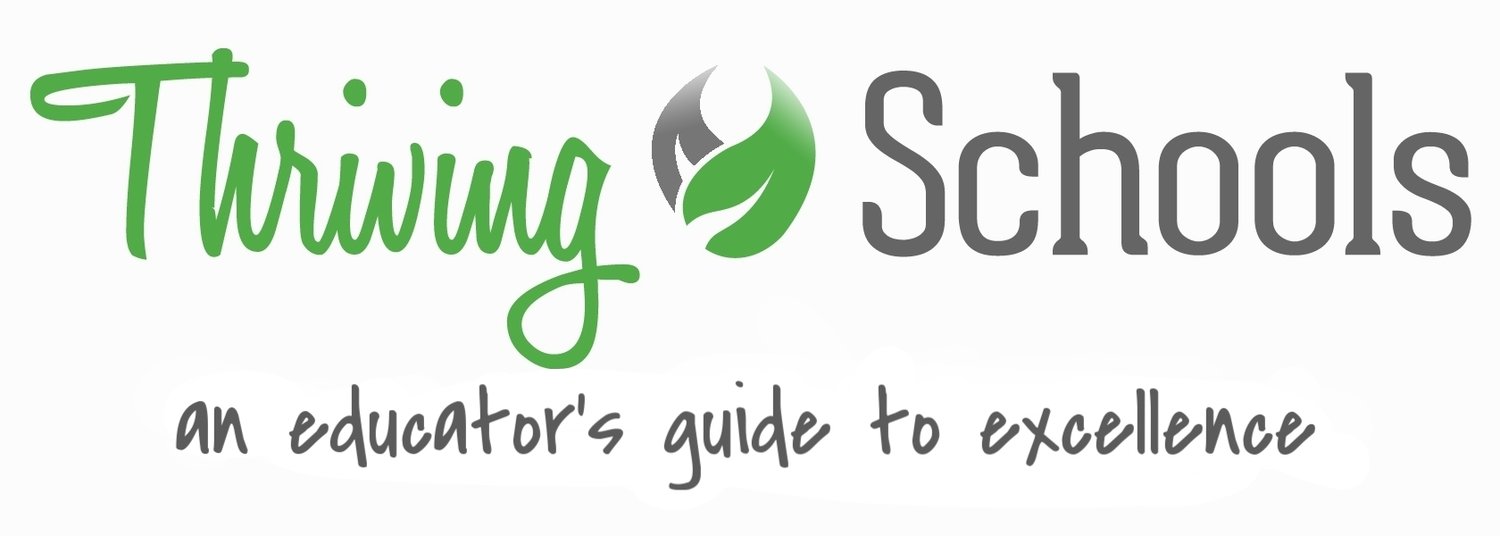BloomBoard - A new vision for professional learning
/Most educators have known for some time that traditional professional development is in need of a significant makeover. According to a growing body of research, we spend considerable amounts of money on a development system that is neither effective nor helpful. That’s why we here at Thriving Schools spend so much time on new approaches, programs, and resources that allow us get better!
In this piece, we speak with Jason Lange, co-founder and President of BloomBoard, to share his company’s vision for what professional learning for teachers can look like. Imagine – curated learning resources, virtual collaboration spaces, the ability to demonstrate mastery, and access to coaching. All with the focus on giving teachers exactly what they need!
Read More
